
Categories
Best Buds
Submitted: Feb. 1, 2024, 2:41 p.m.
Don't let the winter chill fool you, beneath the frosted landscapes and bare branches, life is stirring in the form of tiny, resilient leaf and flower buds.

Prairifire Crabapple (Malus 'Prairifire')
Stubbornly refusing to let go, last year's leaf petioles cling on just below this year's dormant bud.
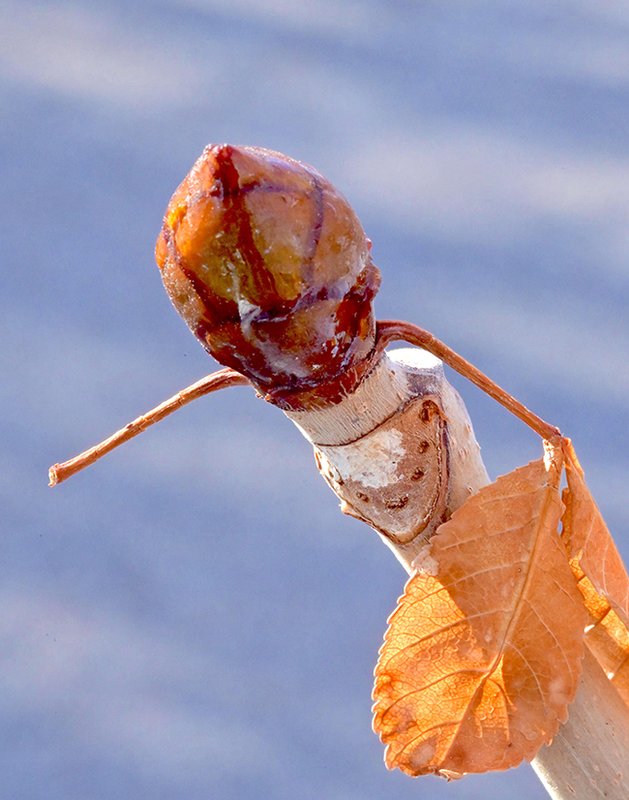
Horse Chestnut (Aesculus hippocastanum 'Baumannii')
Horse Chestnut buds are covered in a sticky resin. This resin creates a waterproof seal that lets the bud grow nice and big before they pop open later in the spring.
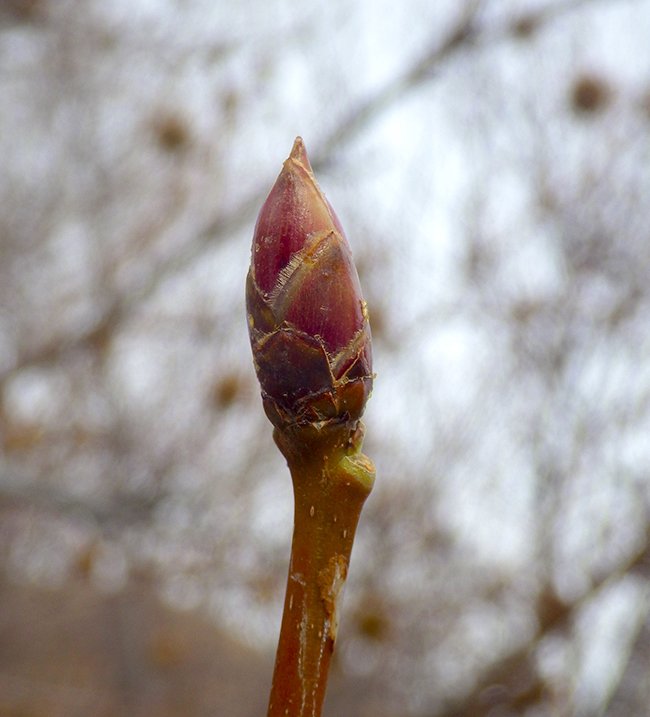
Sweetgum (Liquidambar styraciflua 'Worplesdon')
Sweetgum buds are mixed buds, meaning they contain both leaves and flowers.

Loebner Magnolia (Magnolia x loebneri 'Merrill')
The soft hairs covering Magnolia buds insulate the delicate flower or leaf tissue inside the bud from the harsh winter elements, such as freezing temperatures and drying winds.
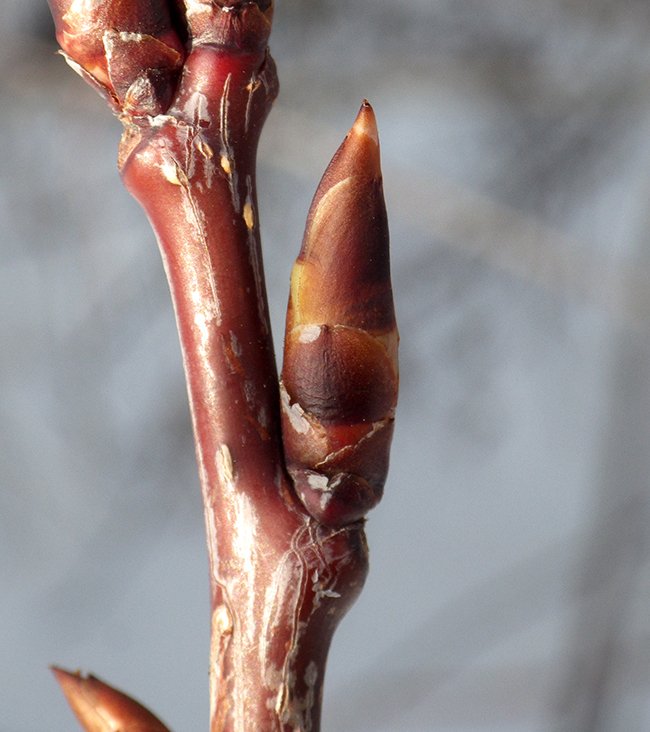
Chokecherry (Prunus virginiana)
The outer layer of bud scales are typically made of modified leaves.
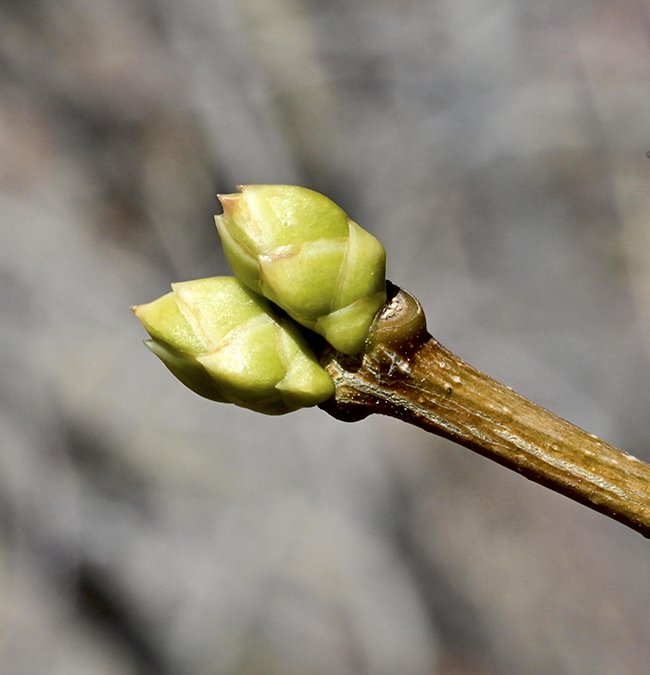
Lilac (Syringa reticulata)
While hairs provide insulation in fuzzy buds, hairless buds often rely on other mechanisms like thicker scales, waxy coatings, or internal adaptations to protect themselves.
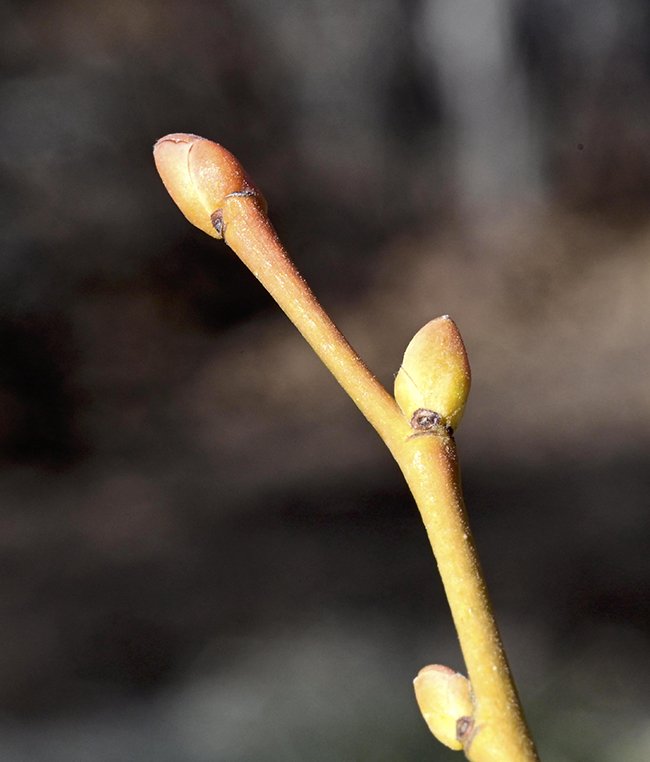
Little Leaf Linden (Tilia cordata)
Although fuzzy buds often steal the show, hairless buds offer their own unique elegance and showcase the fascinating diversity of dormant plant buds.
So next time you see a seemingly lifeless branch, remember: it's not the end, it's just a pause. Within those tiny buds lies the promise of life awaiting to burst forth at the first sign of spring.
Photos by: Glenn Eurick, Kaitlyn Kotar, Heidi M. Simper, and Jason W. Baker